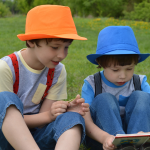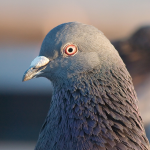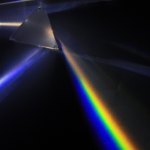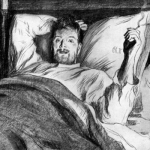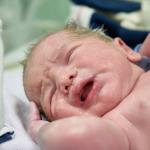Another view of peer review
Automating the lawyers
As I grow old, I jettison the unnecessary
Sleep is not just for humans and other living creatures
sleep
Hospitals are noisy places. What with the alarms and the interruptions to take medications or check your blood pressure, pulse, or blood sugar. It is challenging for patients to get any real rest. Short of a medically induced coma, is there anything to be done? A new study offers up a possibility.
It takes up a third of our life; why do we sleep? Jimming the lock of the lock and key model of biology. How to escape a volcano, like the one on La Palma. The Work Ethic revisited.
New research debunks the notion that chronotype is a binary choice between "morning people" and "night owls." It also shows that a substantial number of people, if not an outright majority, are not energetic in the morning. It's time to end the tyranny of early birds.
There is a lack of good clinical research on the advantages of blue-light filtering lenses.
What we can learn from ice cores, is there a climate migration already underway, a healthy behavior that costs little and is oh so restful, and a bit of relevant science history about vaccinations and epidemics.
Poor sleep is almost certainly linked to migraines, despite the findings of a new study suggesting otherwise. Though I'm merely a sample size of n = 1, Continuous Positive Airway Pressure therapy has dramatically decreased the number of morning migraines I experience. As it turns out, the study design has some flaws.
Esai Pharmaceutical just got FDA approval for a new sleeping pill called Dayvigo. Is it any good? Plus - a rant about the "addiction specialist" fools who might want to overregulate it. It's worth reading this horrendous article just for the rant.
There's a reason that it's a running joke. You know, the one that medical students go through a phase when they think they actually have every disease they study. But for those not in the profession, preoccupation with illness is reaching unhealthy levels.
Insomnia affects roughly 10% of the population. Those who suffer from this sleep disorder constitute a wide variety of personalities and family histories. The inconsistent pattern among these patients makes the condition difficult to classify, which in turn makes it difficult to understand. Now, new research has identified five insomnia subtypes based on non-sleep characteristics.
Marketing normal development manufactures a problem in need of a solution, which typically appears in the form of an expensive product. As a result, the vulnerability and fears of new parents get most exploited.
How much sleep is enough? Can there be both too little and too much? A new study thinks they have identified that Goldilocks range which is just right.
